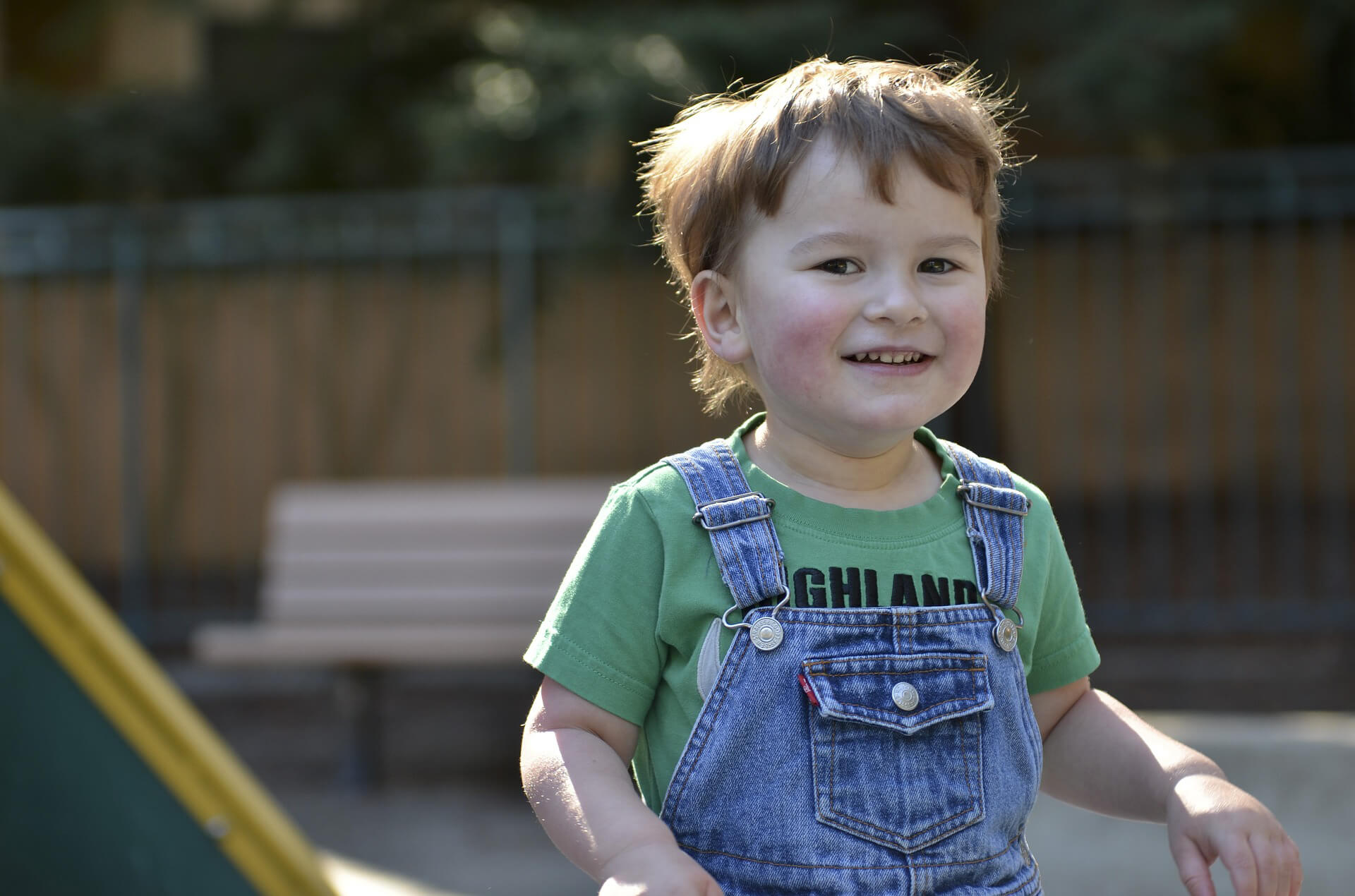
Play is essential to your child’s development. For children who are on the autism spectrum, play can be even more important for adapting sensory processes and enhancing social skills. This is why setting up dedicated spaces for children to play inside and outside of the home is also crucial to their health and well-being. In terms of outside of the home, the safest spot for play is often the backyard. For parents who want to create a secure and accessible backyard for their children, these top resources will also be essential.
Accessibility Tips for Backyards
Children who are on the autism spectrum can have varying degrees of developmental and physical disabilities, and their backyards should accommodate each one.
- For parents who are starting from scratch, pouring wider walkways and adding ramps to decks may be necessary if their children are living with limited mobility.
- In addition to accommodations for mobility, parents should also think about backyard features that are sensory-friendly, including landscaping that reduces noise.
- Finally, in order to prevent children who are on the spectrum from wandering off, parents should research “fence companies near me” to get a secure fence installed.
Accessibility Tips for Play Equipment
In addition to creating accessible spaces, parents of children who are on the spectrum should also look for toys and equipment that will accommodate their child’s special needs.
- Buying an accessible playhouse can elevate any backyard and provide a shaded sanctuary when children need a break.
- Elevated sandboxes are another accessible outdoor option for parents to consider.
- For children with visual impairments, adding tactile tape to playground equipment can make these areas safer and more accessible.
Sensory-Friendly Play Resources
As stated above, play is a core need for all children, and parents of children who are on the spectrum should find sensory-friendly and accessible outdoor activities for their backyards.
- The meaning of “sensory-friendly” can be a bit perplexing for parents of newly diagnosed children but this term simply means that sensitivities have been taken into consideration.
- Backyard science experiments are a good example of sensory-friendly outdoor play, and these activities can be educational as well.
- Filling small pools with blankets and toys can also be a sensory-friendly outdoor activity.
- Additionally, ball pits can provide sensory comfort for children on the spectrum.
Backyard Health and Safety Tips
Installing ramps and a fence can prevent injuries in children on the spectrum, but there are also more routine health and safety measures that parents will want to take in their backyards.
- The risk of accidental drowning is exponentially greater for children with Autism, so it’s vital that parents supervise children even when small amounts of water are present.
- Regular cleaning of play equipment and toys, including tents and tunnels, will prevent children from being exposed to potentially harmful germs and bacteria.
- Parents should also check their backyards for hazards, including poisonous plants, toxic garden chemicals and potentially dangerous tools.
We hope the resources in this guide will help you put together a backyard that your children can’t wait to spend time in each day! Getting outside for some fresh air can support the health of your entire family.
The Dake Foundation for Children is dedicated to providing children with disabilities the tools they need to become independent and enjoy life. Learn how you can support our mission.
Photo Credit: Pixabay